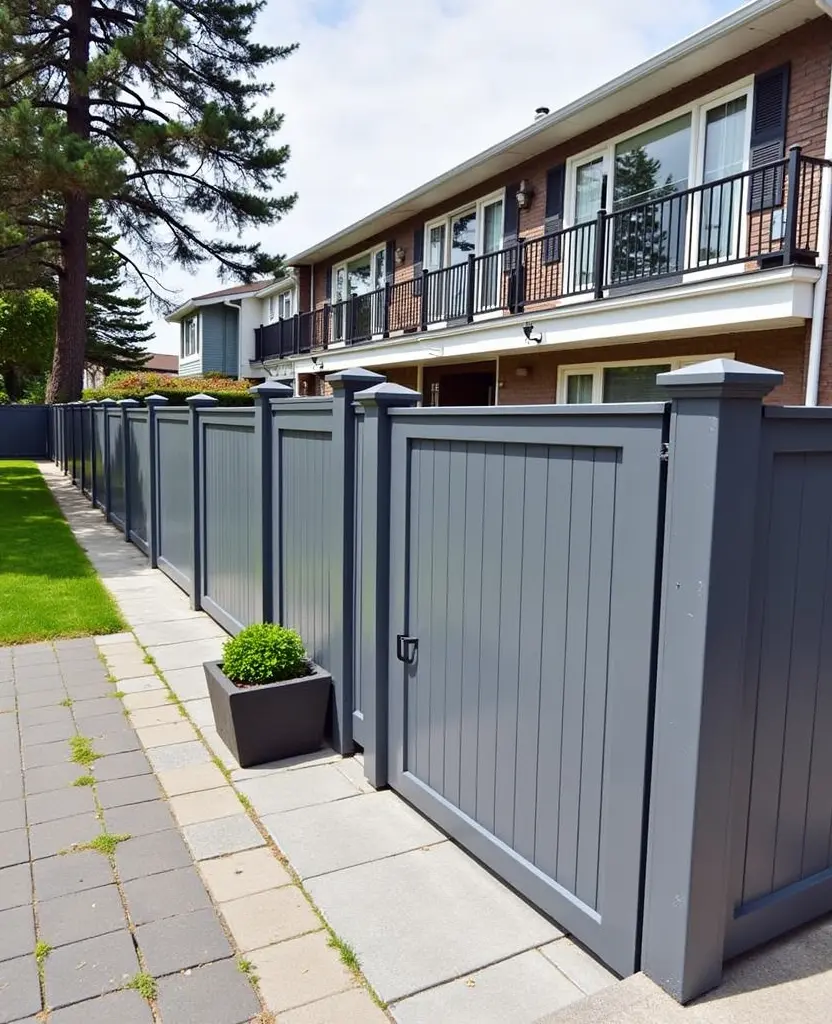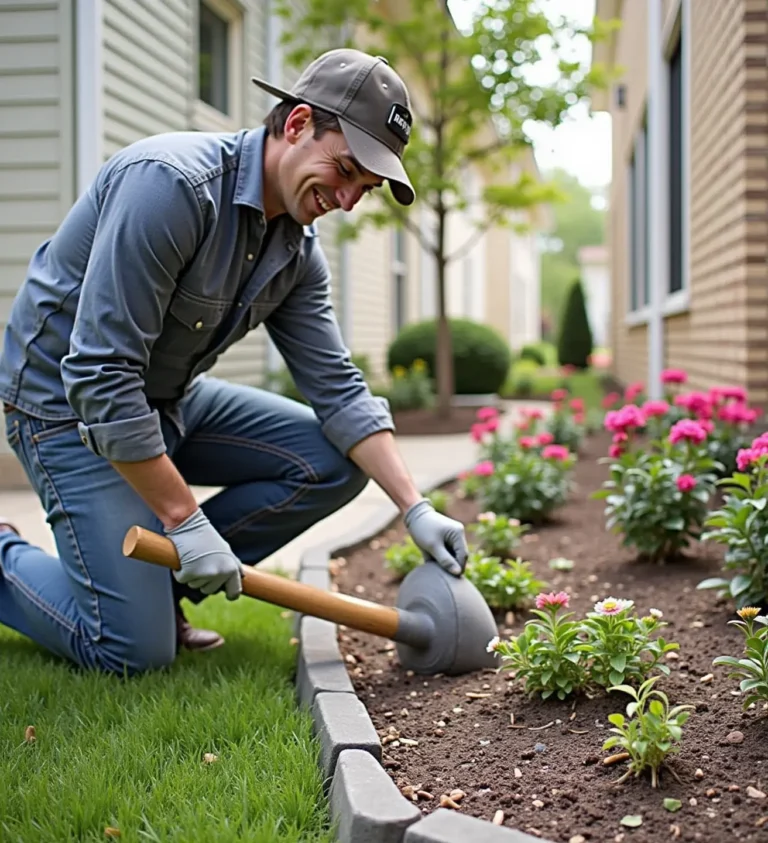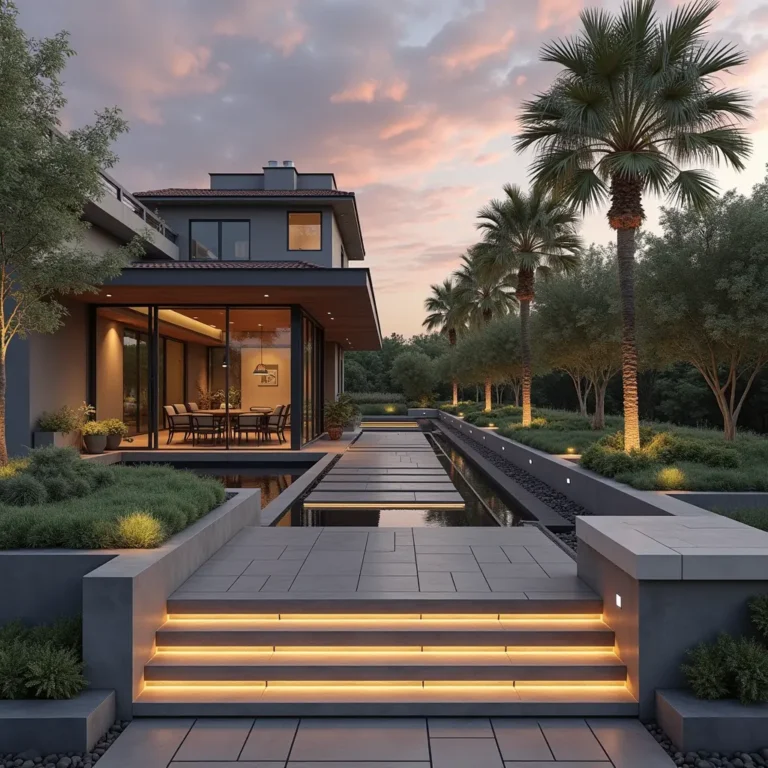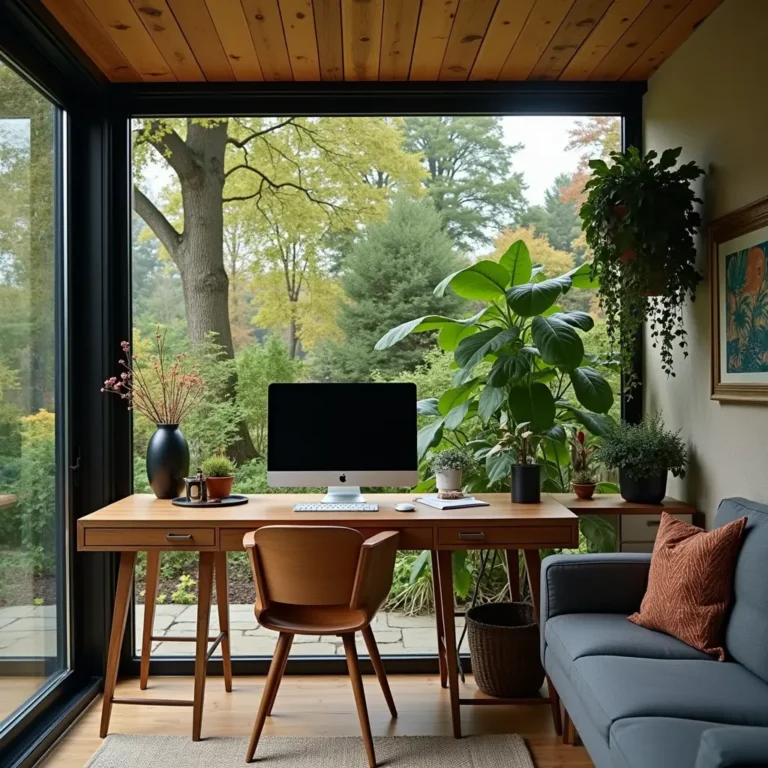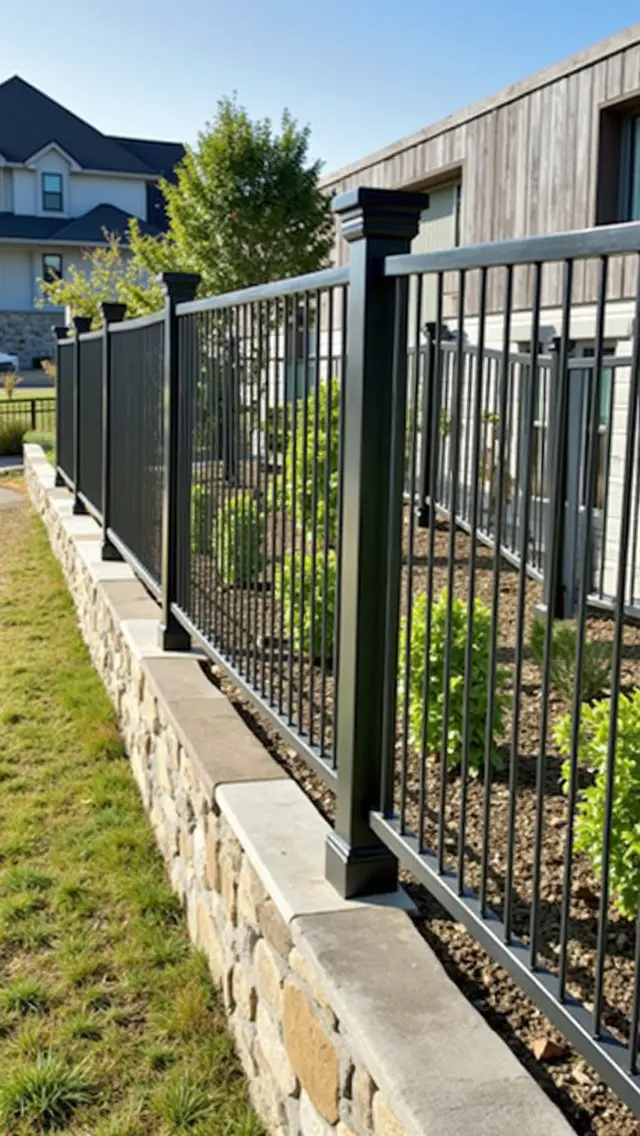Create Your Perfect Garden: Step-by-Step Guide
Design a Garden Layout: Step by Step Guide to Planning Your Dream Landscape
Imagine stepping into your backyard and being greeted by a vibrant canvas of colors, textures, and scents. Your ideal garden isn’t just a place to grow plants; it’s a sanctuary, a space for relaxation, and an extension of your home. In this guide, we’ll take you through the process of designing the perfect garden layout, step by step, ensuring that you can create a landscape that reflects your personality and fulfills your needs.
Step 1: Define Your Purpose
The first step in designing your garden layout is to establish its purpose. What do you want to achieve with this space? Consider the following:
- Entertainment: Do you want a space for gatherings with friends and family?
- Relaxation: Are you looking for a peaceful retreat to unwind?
- Gardening: Do you want to grow vegetables, flowers, or herbs?
Identifying the primary purpose will guide your design choices, ensuring that your garden aligns with your lifestyle and preferences.
Step 2: Assess Your Space
Take a close look at your backyard. Measure the dimensions and note any existing features such as trees, pathways, or fences. Understanding your space’s characteristics will help you maximize its potential. Consider factors like:
- Light: Observe how sunlight moves across your garden throughout the day.
- Soil: Test your soil type to ensure it supports the plants you intend to grow.
- Water drainage: Identify areas where water tends to collect or drain away.
Step 3: Choose a Style
Now that you have a clear understanding of your space, it’s time to select a garden style that resonates with you. Here are a few popular styles to consider:
- Formal Garden: Characteristics include symmetrical shapes, straight lines, and manicured hedges.
- Cottage Garden: This style is abundant with flowers, herbs, and vegetables, creating a lush and informal feel.
- Contemporary Garden: Simple lines, minimalistic landscaping, and a focus on texture.
Step 4: Sketch Your Layout
Armed with your purpose, space assessment, and style, it’s time to draw your garden layout. Start by sketching a basic outline of your yard. Then, plot out:
- Garden beds
- Pathways
- Seating areas
- Water features
Don’t worry about making it perfect; this is a creative brainstorming phase. Use graph paper or garden design software if you prefer a digital approach.
Step 5: Select Your Plants
The heart of your garden lies in the plant selections. Choose plants that complement your garden’s style and purpose. Consider:
- Seasonal Interest: Select plants that bloom at different times of the year.
- Maintenance Levels: Decide how much time you can allocate for upkeep.
- Colors and Textures: Mix different species for visual appeal.
Creating a planting schedule based on your local climate will also ensure that your garden thrives year-round.
Step 6: Add Functional Elements
Enhancing the usability of your garden involves adding functional elements such as:
- Seating Areas: Benches or chairs provide relaxation spots.
- Pathways: Ensure they are wide enough for easy access and visually guide visitors through the garden.
- Lighting: Incorporate garden lights for safety and ambience during evening gatherings.
Step 7: Review and Adjust
Before you start digging, take a moment to review your design. Walk through the layout in your mind—imagine how you would feel moving through the space. Be prepared to make adjustments as needed.
Implementing Your Garden Design
With your plan finalized, it’s time for the exciting part—bringing your design to life! Depending on your skill level and budget, you can either DIY your garden layout or hire a professional landscaper. Ensure to:
- Stay organized by creating a timeline for planting and construction.
- Don’t rush the process; quality landscaping takes time.
Frequently Asked Questions (FAQ)
What is the best time of year to design a garden?
The best time to design a garden is during the fall or spring when the weather is temperate. These seasons allow you to visualize how plants will look as they blossom.
How can I ensure I don’t choose plants that will compete with each other?
Research your plant selections carefully. Choose plants that have compatible growth habits and nutrient requirements to avoid competition.
Do I need a professional landscaper to design my garden?
Not necessarily! If you feel confident in your planning and gardening abilities, you can design your garden layout yourself. However, consulting with a professional can help if you’re unsure.
How much maintenance do different garden styles require?
Generally, formal gardens require more maintenance due to their structured nature, while cottage gardens can often be less labor-intensive as they promote a more natural look.
Can I change my garden layout later?
Absolutely! A garden is a dynamic space that can evolve over time. Feel free to make adjustments as your needs and preferences change.
Creating your dream garden is a rewarding journey. With careful planning and creativity, you can transform your outdoor space into a breathtaking landscape that resonates with your personal style.
“
